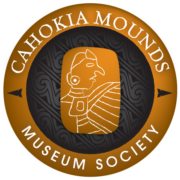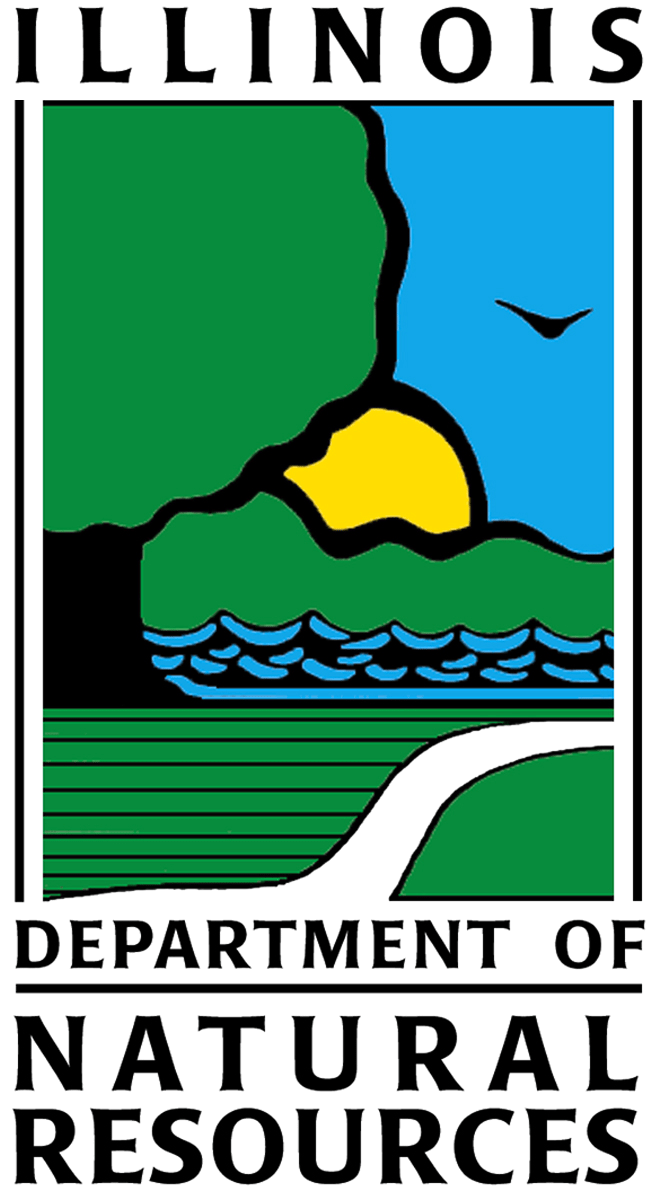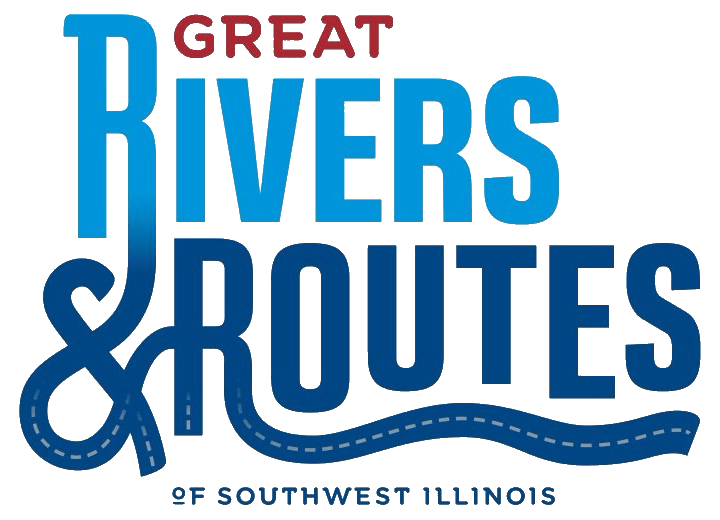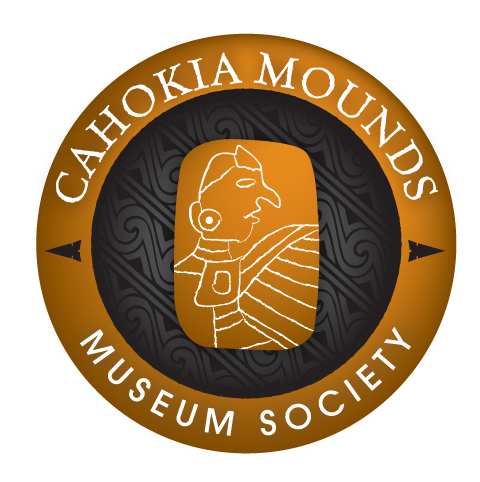Mound 59
About 500 meters (1,640 feet) directly south of Monks Mound are two of the more impressive mounds at the site. One of these—Mound 60—is a well-formed, flat-top platform mound. Directly to the west of Mound 60 is a conical mound of considerable elevation, Mound 59 (Moorehead’s Mound 57), commonly known as Round Top Mound. Patrick shows it as a true conical mound about 44 feet (13.4 meters) in height. The height of this mound recorded by map makers is more consistent than for most mounds. The McAdams Map of 1882 indicates 40 feet (12.2 meters); the Thomas Map,48 feet (14.6 meters); and the Peterson-McAdams Map, 35 feet (10.7 meters). Using the 128-meter contour line as a base, the 1966 UWM Map shows a height of 12.1 meters (39.7 feet).
One of the Cahokia site’s more imposing mounds, Mound 59 has been photographed many times (Moorehead; 1929: Plates 4 and 5; Parrish 1906; Titterington 1938: Figure 2 and Figure 4). Examination of these photographs and height data indicates that this mound is as untouched as any and maintains its original size and form relatively well.
There appears to have been no professional digging in Mound 59. Moorehead refers only to its being unexamined, and that, therefore, it is possible that there are interments in it (Moorehead 1923: 48). There were, however, other types of excavations in the mound. In one of these it appears that a burial and a hammered copper ornament were found (Titterington 1938: 11; Moorehead 1929: 90). The person who excavated the object was A. E. Postmueller, and Moorehead recorded the event: “A copper serpent was found by a boy on the surface not far from the Mound No.76 [Mound 59] in the summer of 1922. The serpent effigy was some four or five inches long, composed of a thin copper sheet with no filigree work” (Moorehead 1929: 90, Plate 1).
Postmueller made the following comment about Moorehead’s account:
This statement is not entirely correct. Therefore, the following facts are given. The serpent was found by three boys [one of whom was Postmueller], not on the surface and not near Mound No.76 [Mound 59], and in the autumn of 1915, instead of 1922… One Sunday late in the autumn of 1915 Bartley Hurst came to my home in Belleville to talk about and see my small collection. He suggested we go to Collinsville to see Oscar Schneider. After early lunch we took the Interurban Electric Line to Collinsville to visit Schneider. He took us to the Cahokia Mounds to do some surface hunting. It was my first trip to the mounds and I as surprised and awed by the immense size and extent of the group. I had never read anything about them and had heard very little of them, so my first visit impressed me profoundly. We roamed over the fields, surface hunting as boys do… and worked our way to Round Top Mound, which is Number 57 [actually Mound 59] on the map of J. J. R. Patrick of 1880. On the southwest side of the mound we found a trail or rough path so we climbed to the top. There, located in the southwest part of the top was a fair sized hole which had been previously dug… about four feet long, three feet wide and three feet deep…. from two to ten years before or even longer. We started to clean out the bottom of the old hole. We found fragments of pottery, charcal[sic], bone and the usual material. We had nothing to dig with except a trowel that Oscar Sczhneider brought along. One of us went to the sheds that extended south from the house and barn on Mound 48, finding a broken spading fork which we appropriated for our use… It had been cloudy all afternoon and now the thin mist began to change to a drizzle. We knew that we could not dig long, because it was getting late and would soon be dark. We had moved only a few bushels of earth when we came to a skeleton, and upon the chest lay the figure of a serpent. It was simply a thin sheet of copper, cut or formed in the shape of a serpent’s tail. It had a dark green and bluish color with darker pieces of patina. Evidently there was originally more of it at the larger end, but we did not find the missing part or anything else. After we had examined it, I became the owner and have retained it to this day. [Grimm 1949: 13-14, emphasis added]




